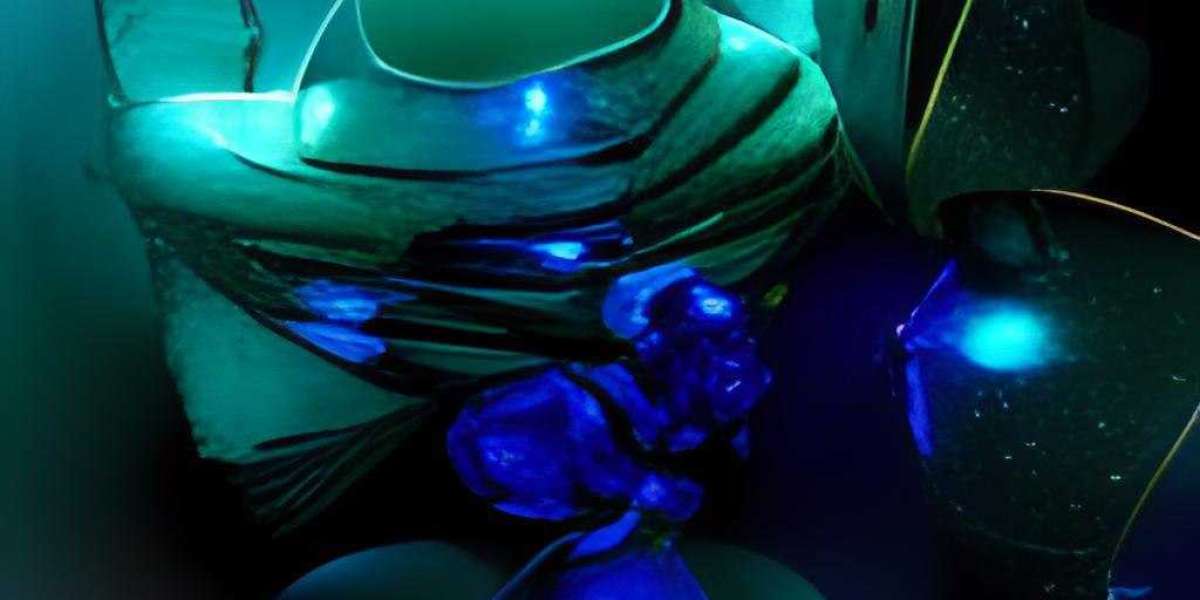We all agree that natural light is necessary and unique in interiors, but what happens in places where natural light cannot reach? And when it is already night? In these spaces where natural light does not reach, it is essential to use artificial lighting that is adapted to the space and the use we want to give it. There are many types of artificial lighting in architecture precisely for this, to reach where natural light does not reach and even create effects that would be impossible with it. Do you want to know what they are? Here we tell you about them.
Read more: The 4 Best Rope Lights
Direct or General Lighting
This is the light that falls directly on a surface. Of all the types of artificial lighting in architecture, this is the perfect option both to illuminate specific points and to achieve a general light. Combined with indirect light, it is possible to achieve the perfect atmosphere you were looking for. However, its use must be carefully studied, since it can be more intense and loaded.
- Downlight: These are ceiling lamps that project light downwards and incorporate a diffuser to focus the light. They are usually used in groups to illuminate large spaces.
- Table lamps with lampshade: Placed on a surface, these lamps have become a decorative element of any room. The light they provide is perfect for spaces such as living rooms, where they provide general illumination.
- LED strips in work areas: This is one of the most commonly used options in work areas like offices, where sufficient brightness is needed to work without discomfort.
- Wall wash: This type of lighting creates a light bath effect on surfaces such as walls, highlighting shapes and textures in architecture.

Indirect Lighting
Unlike direct lighting, indirect lighting illuminates through reflection. The light is projected onto a surface, and what is perceived is the reflection it causes. This type of lighting creates a dimmer and less intense light compared to direct or general lighting. It is widely used in rest areas to create a relaxed atmosphere.
Read more: Key Differences Between Strip Light Vs Rope Light
- Effect light: Concealed in architectural or design elements, this type of lighting is used both indoors and outdoors to highlight architectural forms and building facades.
- LED strips in curtains: This form of indirect light does not dazzle and is ideal for places where not too much luminosity is needed.
- Ceiling coffers: By placing LED strip lights in ceiling coffers, specific areas can be framed and rooms can be illuminated in an original and modern way.
- Walls: LED lighting in walls serves to frame the space and provide a dim and diffuse illumination from the walls.
- Diffused light: Illuminating from various angles, this type of light envelops objects and provides a much softer illumination than direct light. The shadows it generates are subtle and unmarked.
- Accent light: The most suitable option to give more prominence to certain objects like pieces of art or decorative elements.

Types of Luminaires for Artificial Lighting
Direct and indirect lighting can be applied through different types of luminaires, and the result can vary greatly depending on which one is used.
- Recessed: These are recessed luminaires that are usually distributed in space. They should be separated from each other by a meter and a half and distanced from the wall to properly illuminate the entire room.
- Suspension: These are the traditional hanging lamps, commonly used in homes, restaurants, and hotels to blend in with the interior design as an additional decorative element.
- Projector: This type of luminaire can achieve a high luminous intensity in the area it illuminates and can be applied in different areas, classified according to the opening or dispersion of light.
- Ceiling surface: Similar to recessed luminaires, these are placed on the ceiling surface instead of being embedded.
- Wall surface: Like ceiling surface luminaires, wall surface luminaires are placed on top of the ceiling. Both direct and indirect light models are available.
- Beacon or signaling light: This type of luminaire is intended to frame paths and signal passageways.
- Table lamps: These traditional luminaires are placed on a table to create a relaxed atmosphere. They usually use shades to create a comfortable effect without glare.
- Portable luminaires: These are luminaires that do not have built-in wiring, so they can be transported and placed where it is most convenient at any time. A very fashionable and demanded option for its versatility.
In FARO Barcelona, we have a wide variety of types of artificial lighting, offering the greatest variety in the market. Whatever space you want to illuminate or the effect you want to achieve, we have the perfect luminaire for you. Tell us your project, and we will advise you.
Read more: Rope Lights vs LED Strip Lights: What are the differences?
Frequently Asked Questions
Q: What is the difference between direct and indirect lighting?
A: Direct lighting falls directly on a surface, while indirect lighting illuminates through reflection. Direct lighting is more intense and can be used to illuminate specific points, while indirect lighting creates a relaxed atmosphere and is ideal for rest areas.
Q: What types of luminaires can be used for artificial lighting?
A: There are various types of luminaires that can be used for artificial lighting, including recessed, suspension, projector, ceiling surface, wall surface, beacon or signaling lights, table lamps, and portable luminaires. The choice of luminaire depends on the desired effect and the specific area to be illuminated.
Q: How can artificial lighting enhance architecture?
A: Artificial lighting plays a crucial role in architecture as it can highlight architectural forms, textures, and shapes. Whether it is direct or indirect lighting, the right choice of lighting can enhance the overall aesthetic appeal and create the desired atmosphere in a space.
Q: What considerations should be made when selecting artificial lighting for a space?
A: When selecting artificial lighting, it is essential to consider the purpose of the space, the desired atmosphere, and the specific lighting needs. Factors such as brightness, color temperature, and energy efficiency should also be taken into account to ensure the lighting solution is suitable and effective.
Q: Why should I choose FARO Barcelona for my artificial lighting needs?
A: FARO Barcelona offers a wide variety of types of artificial lighting, providing the greatest variety in the market. Whether you need direct or indirect lighting, our luminaires are designed to meet your specific needs and create the perfect lighting solution for your space. Contact us with your project, and our team will be happy to advise you.








